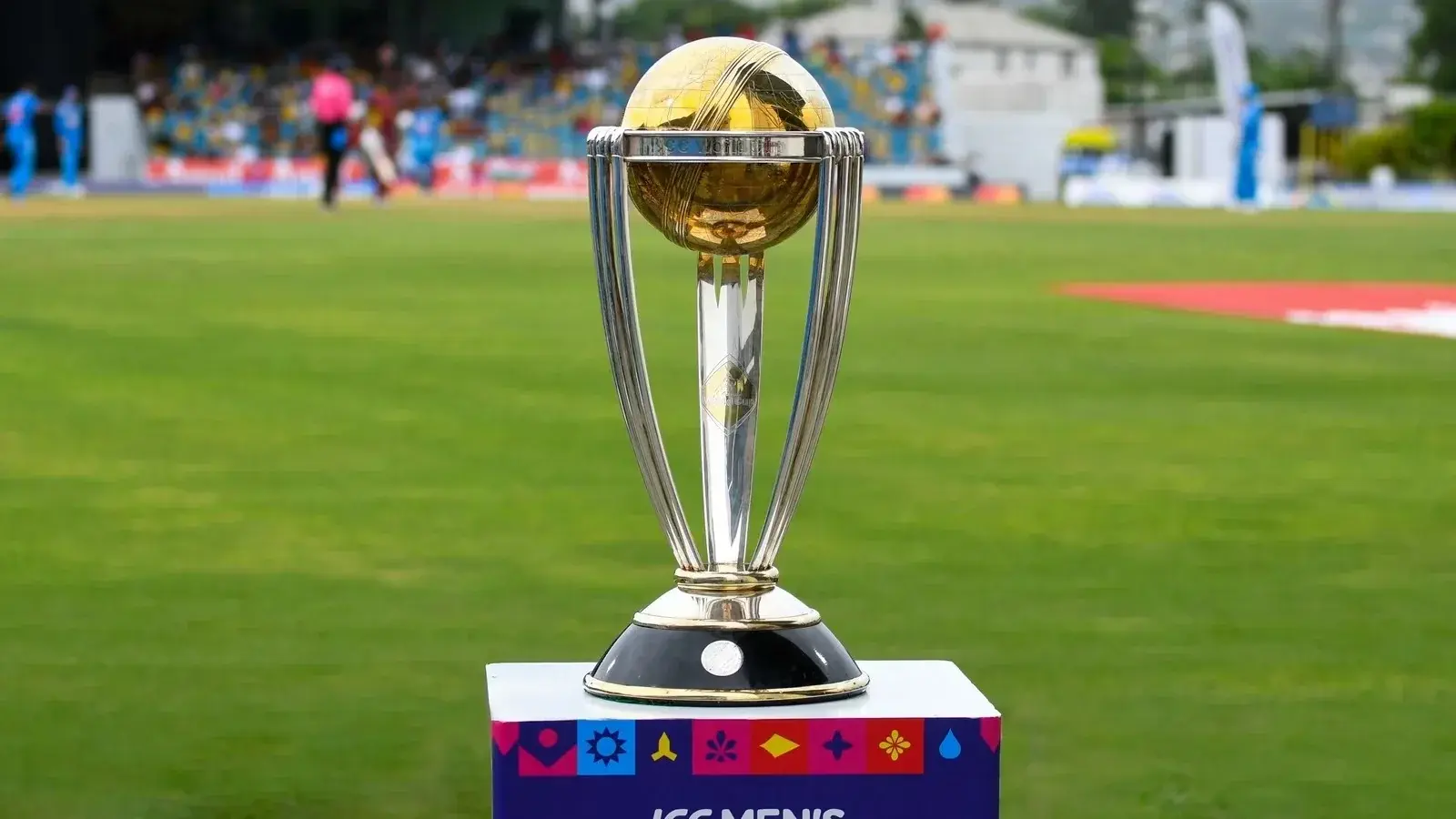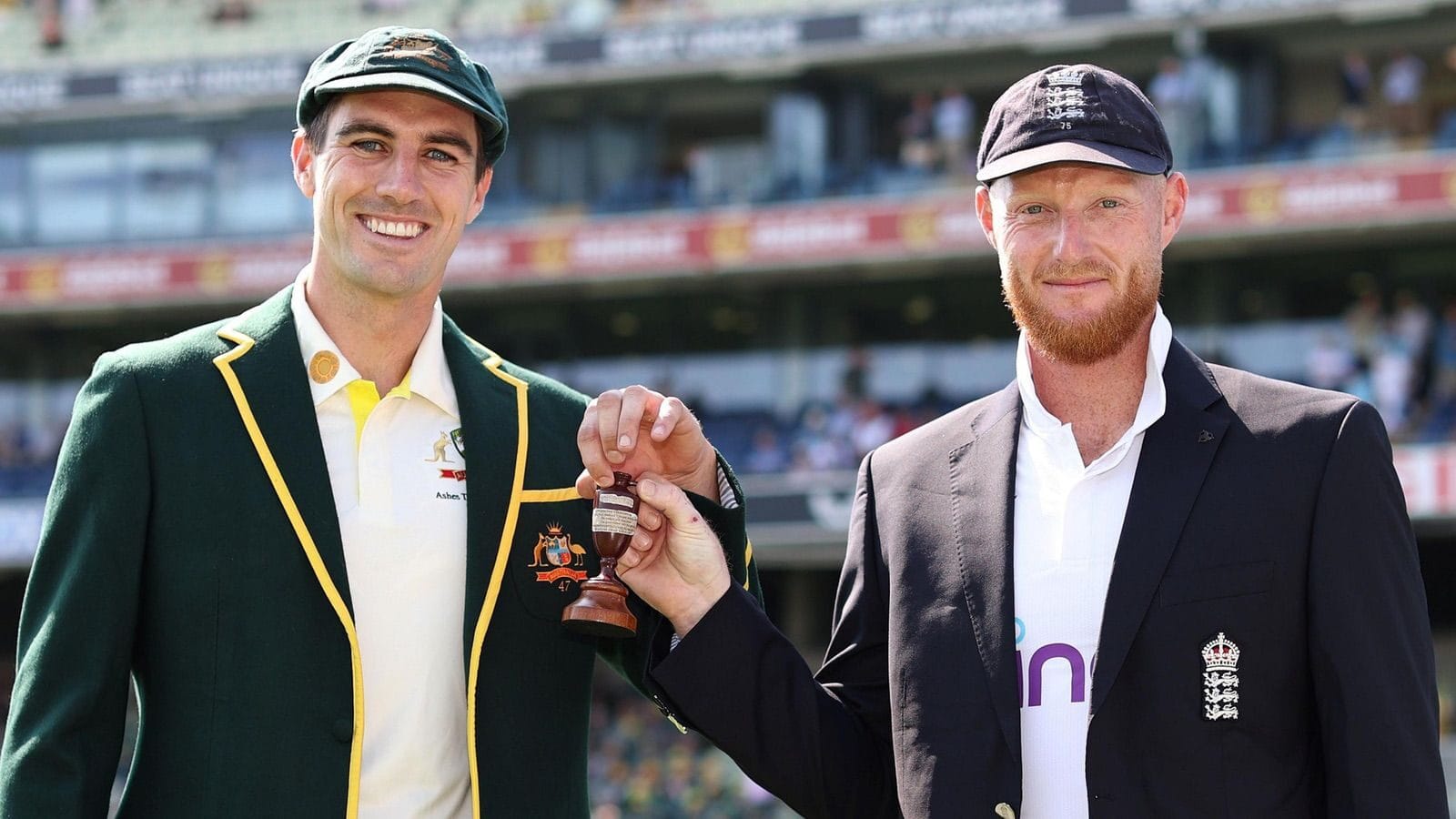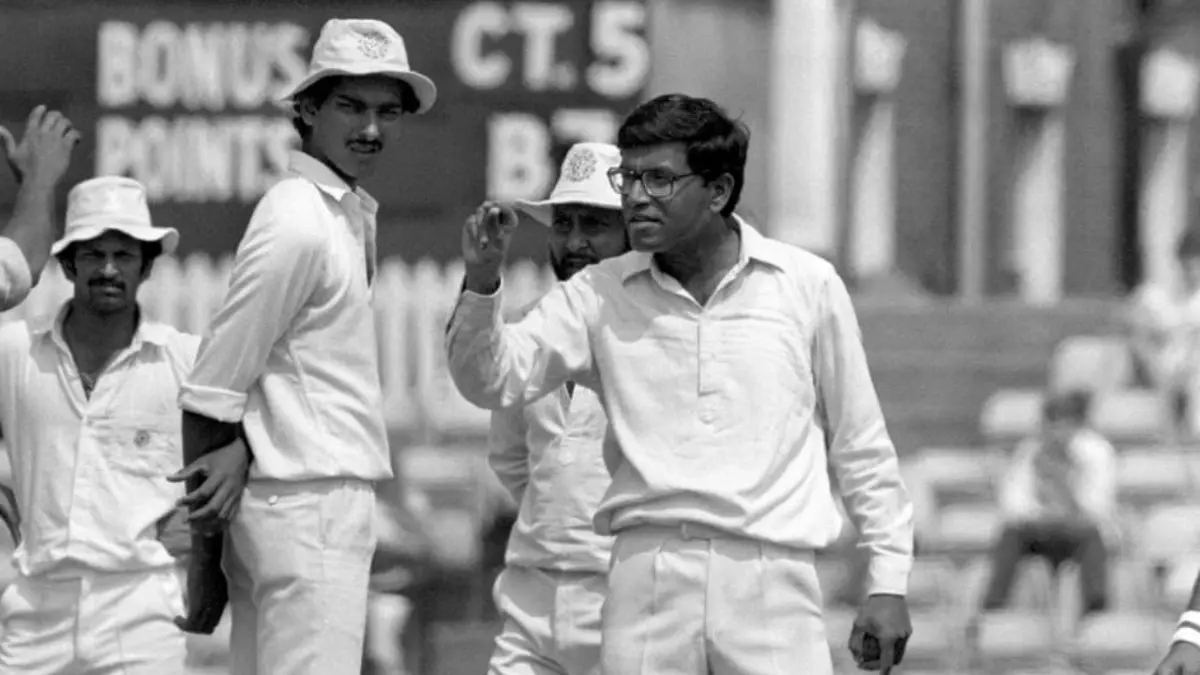The World Test Championship is a deeply flawed competition. The discrepancies between the lengths of series, and hence the number of games, played by the various competitors, not to mention the fact that two of them will never play each other, mean that the tournament over its two-year cycle, tends to provide more questions than answers about the health of Test cricket. Nonetheless there is inevitably interest in the Final, to be played this year, as on the two previous occasions, in England in June, and, rather surprisingly for the first time, at Lord’s.
The identity of one of the finalists, South Africa, also came as something of a surprise. It is not so long ago – just over a year– that South African Test cricket was being talked of in existential terms; they sent a second/third string side to New Zealand and lost a series there for the first time. All their leading players were required to play in the SA20 competition.
South Africa played twelve Tests in the cycle, fewer than any other side other than Bangladesh, who also played twelve. They did not play Australia or England. South Africa cannot be held responsible for the schedule; they comfortably defeated the weaker sides. They did play India at home, winning by an innings at Centurion but losing at Newlands by seven wickets in the shortest match in Test history; it lasted 642 legal deliveries.
They will be facing Australia at Lord’s. The two sides last met at a Test match at that venue in July 1912 during the Triangular Tournament. South Africa last played a Test there in August 2022, when they beat England by an innings. England repaid the compliment at Headingley and demolished the visitors at The Oval, another remarkably short game lasting 151.3 overs. The most remarkable statistic of the series was that in five completed innings South African batters managed one fifty between them. This suggests South Africa might struggle in June.
It is greatly to be hoped that they put up a good fight. They have some talented players and more to the point the occasion warrants it.
The previous two finals were both excellent games. Apart from the fact that they were both played in England in June and that India lost both games, they did not have much in common.
The first final, between India and New Zealand, was played at Southampton. ( It was still pandemic-time and there is a hotel on the ground.) The two finalists were probably deservedly so, though Australia missed out because of a points deduction for slow over rates and New Zealand played fewer games than anyone else.
The result, a New Zealand win by eight wickets, suggests it was not that close a game but in a way the score is misleading. As Hugh Chevalier said in his Wisden match report, it was a classic Test with plenty of ebb and flow. Low scoring games are often the most intriguing. Here, India, inserted by Kane Williamson, made 217 and 170, while New Zealand made 249 and 140 for two. Only two batters, Dean Conway and Williamson, passed fifty; Williamson also made 49 in his first innings.
Considering that the cards were stacked heavily against them, India really did quite well. New Zealand had played two Tests in England in May, totally outclassing the hosts. The weather, very wet for much of the game, was much more to their liking. And, sensibly enough, New Zealand picked four seamers plus the allrounder Colin de Grandhomme. India had three seamers plus R Ashwin and Ravindra Jadeja; the Indian pace bowlers, especially Mohammed Shami, bowled well but they struggled in the fourth innings.
It was an unusual modern Test in that there was a sixth day. There was a reserve day and it was needed. The first and fourth days were entirely washed out and time on other days also- altogether about half the scheduled time.
The Indian openers, Rohit Sharma and Shubman Gill, started comfortably enough and were moving along at four an over until the 6’8” Kyle Jamison came into the attack. Batting was a struggle for the rest of the day, which ended early with India on 146 for three, with Virat Kohli and Ajinkya Rahane defending grimly. Kohli fell to Jamison the next morning, having taken three and a quarter hours to make 44. India slid from 182 for six to 217 all out, Jamison finishing with five for 31 off 22 overs.
Batting was no easier when New Zealand batted though Conway, fresh from a double century in his maiden Test, batted gamely for 54. The day closed, early again, with New Zealand on 101 for two.
Williamson batted with immense patience the following morning (after the fourth day was lost to rain) taking 51 balls to make his first two runs. When he fell for 49, made off 177 balls, New Zealand were 162 for six. When B-J Watling, playing his final Test, fell to Shami India were notionally ahead. But Tim Southee made 30 off 46 balls and New Zealand gained a critical lead of 32.
Southee carried on the good work when India batted, dismissing both openers before close of play: India were 64 for two.
When Kohli fell to Jamieson early on the final day the writing was on the wall. Rishabh Pant made a chancy 41 but the tail again had little to offer. New Zealand’s target was139 in 53 overs (this was before Bazball, remember). Conway and Tom Latham put on 33 in 13.3 overs before Latham was stumped by Pant off Ashwin.
The last act, in lovely evening sunshine, the best weather of the match, saw New Zealand’s two highest run-scorers, Williamson and Ross Taylor, together. Gradually the game went away from Kohli’s India. The victors reached 140 for two in 45.5 overs, Williamson 52, Taylor 47.
Jasprit Bumrah, incidentally, bagged a pair and took nought for 92 in the match.
The second final, between India and Australia at The Oval, was quite different.
There was no doubt about the two qualifiers: England had won the same number of Tests as India but in four more games (not that that necessarily has anything to do with it: the points system is immensely complicated ).
Rohit won the toss and inserted Australia. At close of play on the first day they were 327 for three, having put on 251 for the fourth wicket, with Steve Smith on 91 and Travis Head on 146. Six months earlier Head had scored a match-winning century against India in the World Cup final at Ahmedabad. Here he reached his hundred in 106 balls, finishing with 163, with 25 fours and a six. Smith reached his 31st Test century – and ninth against India, equalling Joe Root’s record – early on the second morning. The pair put on 285, Australia’s highest fourth wicket stand against India away from home. Neither batter was ever in the slightest difficulty, though Smith was very quiet to begin with. Alex Carey made 48 and Australia finished on 469.
India finished the second day on 151 for five. The top four were all bowled or leg before. The pitch did demonstrate uneven bounce. Head, Marnus Labushagne and Rahane were all struck painful blows. Rahane, who had hardly played Test cricket since the last final, was India’s hero batting into the next day, and top scoring with 89 off 129 balls. Jadeja made 48 off 51 balls and Shardul Thakur made 51. India were all out for 296, giving Australia a lead of 173: Australia were 23 for one at tea on the third day. By the close they were 123 for four, with a lead of 296, but both Smith and Head had been dismissed by Jadeja; India were perhaps regretting not having selected Ashwin.
Pat Cummins declared on the fourth afternoon on 270 for eight, with Alex Carey 66 not out; Mitchell Starc made 41 off 57 balls, adding 93 with Carey. The target was 444.
The openers had put on 41 in only seven overs when there was a controversial dismissal, Gill being given out caught in the gully, a low diving catch by Cameron Green, one of those where the replay seems to make things less certain rather than more. Gill was fined for showing dissent.
India closed on 164 for three with Kohli on 44 and Rahane on 20. So 280 were still needed on the final day. Crowds had been good throughout – in contrast to the necessarily deserted Rose Bowl – and there was plenty of Indian support. Could their heroes, and in particular, Kohli do it ?
Well, they didn’t have long to wait. Within half an hour he was brilliantly caught by the diving Smith at slip, on 49. Rahane battled on to make 46 but the last seven wickets fell for 22 runs. Australia won by 209 runs. The wickets were again shared around, with Nathan Lyon taking four.
Rohit suggested that the final should be played as the best of three. That is a great idea of course. England frequently stages Test series in May so maybe that is a possibility? Or might the planned expansion of the IPL make that difficult?




